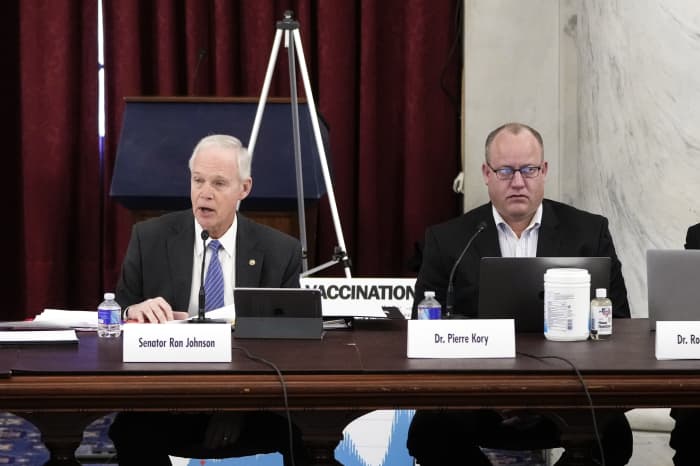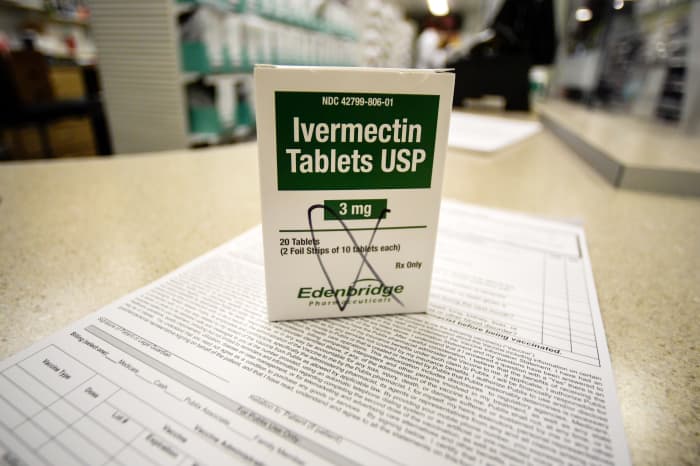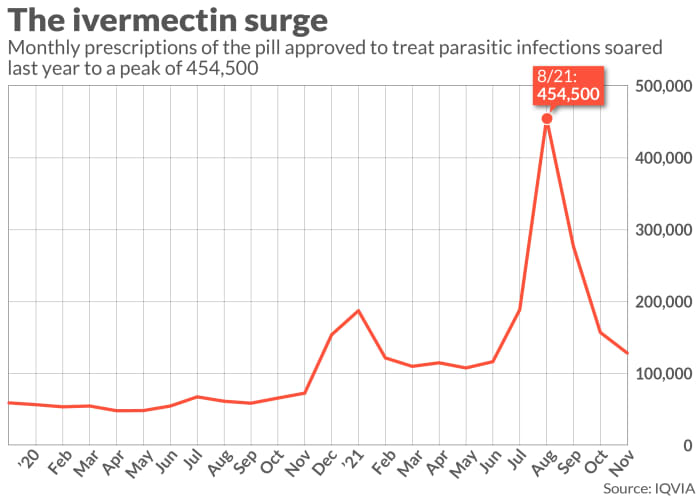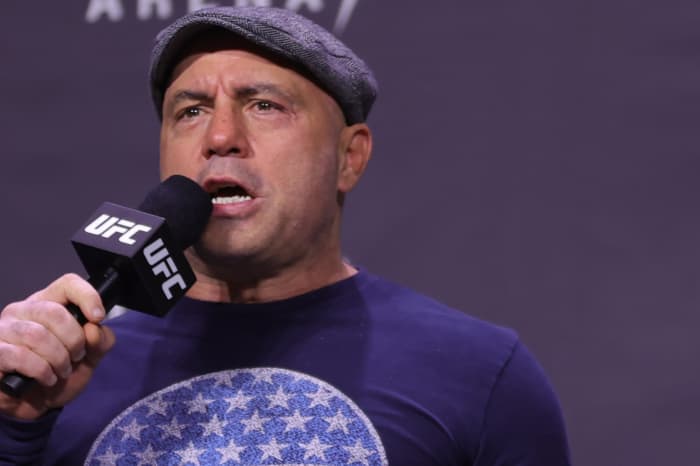David Willson
Sun, February 6, 2022,

-
When I first began cartooning for the Palm Beach Daily News, the severity of a winter cold snap in Florida was almost always measured by the amount of damage done to citrus crops. But times change and so have the number of orange groves remaining after the arrival of the incurable citrus greening disease from China in 2005.
Florida’s citrus crop these days is only about 20% of what it was at its peak. Therefore, the only thing newsworthy about Florida oranges anymore is the skyrocketing cost of orange juice. So obviously, we needed a new phenomenon by which to measure incursions from Jack Frost. Keep in mind that while orange crops were shrinking, the nation was developing a taste for the bizarre where Florida is concerned.
You can chalk that up to Palm Beach’s very own butterfly ballot in the 2000 presidential election. The ensuing political brouhaha was a pivotal moment that thrust Florida into the international limelight. Suddenly, our regional sub-genre of gonzo Florida crime novels became very popular worldwide. From there, it was just a hop, skip and a jump to “Florida man” becoming a regular feature in the national news and social media.
Fortunately, there was another invasive pest perfectly suited to satisfy the world’s newfound kink for "Floridinanity' — iguanas. It turns out the little green goblins become comatose in near-freezing temperatures, their muscles seize up and they fall out of trees. Simply put, when the north gets blizzards, Florida gets falling lizards. What could be more poetic?
Of course the little buggers had to get themselves entrenched here in noticeable numbers before this talent came to light. I’ve been cartooning about them since 2009, mainly portraying them as a gang of delinquents at first.
Iguanas are herbivores that love to eat flowering plants. To them, a nicely manicured flowerbed is a chef’s salad. Their claws rip awnings and scar up the bark of trees. And, while they are not potty-trained, they get a big kick out of swimming in backyard pools and hanging out on nice clean boat decks, lawn furniture and sea walls. This is no small problem seeing as a full-grown iguana can generate about a pound of lizard poop a day.
Local towns were already adding trap and kill programs to their budgets when in 2010 a couple of near freezing cold snaps hit, and suddenly we had our Kryptonite.
I enjoy drawing the little critters, so I’m not entirely miffed that they make a comeback after each occasional severe winter. State wildlife managers are miffed, however. Last year, they suggested not-squeamish Floridians “humanely euthanize” them with a bop on the head. That also rated a cartoon.
But mostly it’s the freeze-falling act that has caught the attention of the national news of late and provided me with more cartoon fodder. You could say, green is the new orange.
This article originally appeared on Palm Beach Daily News: Cartoonistry: Frozen iguanas the perfect metaphor for 'Floridinanity'







 MARKETWATCH PHOTO ILLUSTRATION/ISTOCKPHOTO
MARKETWATCH PHOTO ILLUSTRATION/ISTOCKPHOTO




